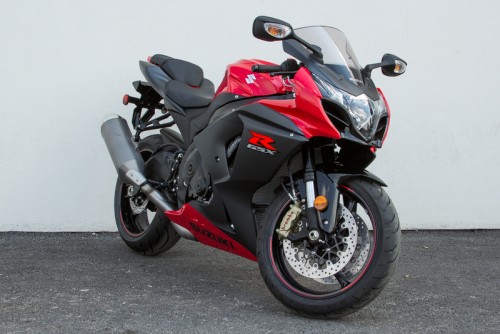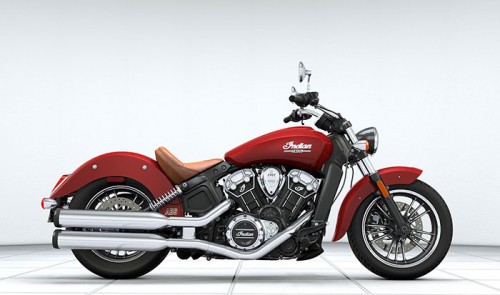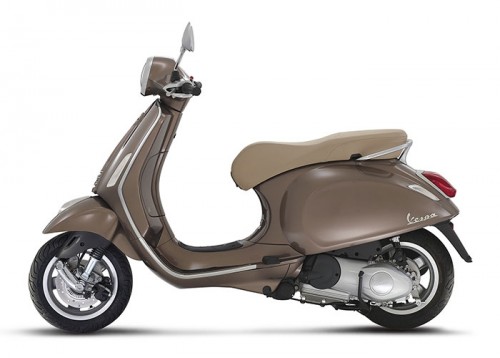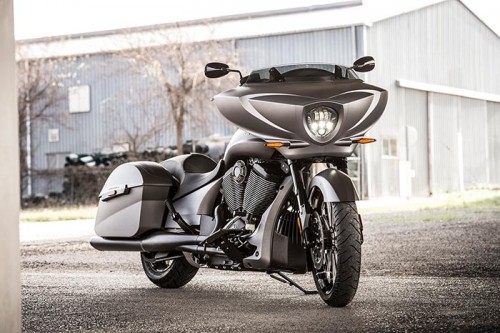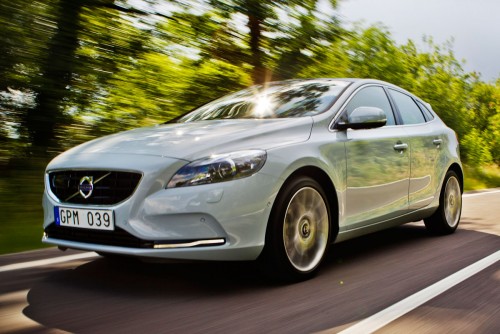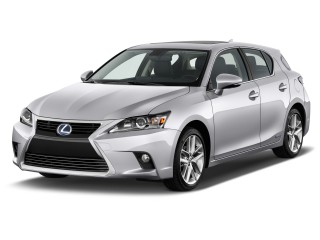About TVR
History
The history of TVR can be divided into several eras, each of which is associated with the company's owner at the start of that period:
- 1947–1965, founder Trevor Wilkinson, who left in 1962
- 1965–1981, Martin Lilley
- 1981–2004, Peter Wheeler
- 2004–2013, Nikolay Smolensky
- 2013–Present, Syndicate of British Businessmen led by Les Edgar
Wilkinson era
Founding
Trevor Wilkinson (14 May 1923–6 June 2008) was born in Blackpool and left school at 14 to start an engineering apprenticeship at a local garage.
In 1946, he purchased an old wheelwright's workshop in Beverely Grove, Blackpool, to start an engineering business that he named Trevcar Motors. Initially, the company performed general engineering work (not always automobile related), and would also refresh and service cars and trucks.In 1947, local auto enthusiast Jack Pickard joined the company. Trevcar Motors was subsequently renamed to TVR Engineering (dropping several letters from Wilkinson's first name), and it continued to find general mechanical engineering work through the following years.
One-off specials: TVR One, Two, and Three (1949–1953)
In 1949, TVR built its first original chassis. The Hotchkiss-style rear suspension used the live axle from a Morris Eight, and the front suspension was of an independent trailing-arm design. The engine was a Ford 1172cc sidevalve from a 1936 van, tuned to 35 hp. Even before the car was bodied, it was crashed by the man hired to create the bodywork, Les Dale. After repairs, the body was styled and built from aluminum, and was painted British racing green. Although neither Wilkinson nor Pickard found the finished bodywork to be very aesthetically appealing, it was functional, and the two men conducted the first successful test drive on the runway at Squires Gate aerodrome in 1949. Later that year, TVR Number One was sold to Wilkinson's cousin for 325. It was later crashed and salvaged for parts.
Sports Saloon (1953–1955)
In the summer of 1953, Wilkinson and Pickard began working on the design of a new chassis, which was intended to accept the engine, gearbox, and other components from the Austin A40 (including the independent coil-spring front suspension and rear axle.) Significantly, it did not incorporate an upper body frame, and the engineers intended to provide the car for sale as a kit with a fiberglass body. Approximately twenty of these chassis were built, although only three were purchased as a kit with the fiberglass bodyshell that Wilkinson had originally selected; these three cars used an RGS Atalanta body manufactured by special builder Richard G. Shattock. With the Atalanta body included in the kit, the car was named the "TVR Sports Saloon". The kit was first offered for sale in 1954 for 650. It was with this car that TVR first produced a brochure to advertise a product: it quoted some figures, such as the car's 1400 lb weight and 0-60 mph time of 13 seconds. It was also on the Sports Saloon that the first incarnation of TVR's badge appeared, designed by a young art student and Wilkinson's friend, John Cookson.
Open Sports and Coupe (1956–1958)
In mid-1956, Wilkinson and Pickard undertook to create the first original TVR body style, which would be fitted on the Jomar-style chassis. The body shape was created with the use of two Microplas Mistral nose sections, one for the bonnet and one (reversed) for the rear. Although never officially named, this car is usually referred to as the TVR Open Sports. The first car, painted red and fitted with a Coventry Climax engine, was tested successfully by Wilkinson at the Aintree Motor Racing Circuit in the summer of 1956. Either three or four TVR Open Sports were built in total, although the true number is not known due to incomplete records. One of the cars was provided to Autosport Magazine writer Francis Penn for testing. He drove it at Aintree and described its steering response and grip as "superb".
Layton Sports Cars and Grantura Engineering
In October 1958, TVR's debt with the bank was nearing 10,000. At that point in the year, the factory had completed as few as ten cars, and orders from the United States had almost ceased due to the lack of sales success there. All of this was of little concern to TVR director and financier Fred Thomas, as he had apparently intended to close TVR and use the failure as a tax loss to benefit his own engineering firm. In actuality, the directors decided on October 30 that the company would be dissolved and re-formed as Layton Sports Cars Ltd. When the new company began trading in December 1958, the directors voted to immediately inject 15,000 to expand the workforce and build stocks of car components. In February 1959, a sister company was formed under the name Grantura Engineering Ltd. to avoid incurring the UK's Purchase Tax on sales of the cars (which were then still being offered as kits); Purchase Tax would not be applied to kit cars that were purchased from a different company than that which supplied the mechanical components
Lilley era
In late 1965, Arthur Lilley and his son Martin Lilley purchased the assets of TVR to mitigate their personal losses of 2000 worth of TVR shares. TVR Engineering Ltd. was then formed on November 30, 1965, with Arthur as chairman. Arthur approached David Hives and offered him the position of General Manager and Senior Designs and Development Engineer, which David accepted. After two years of this arrangement, Hives asked Arthur Lilley to appoint his son Martin as managing director whilst Hives went to America to talk to Gerry Sagerman about the importation of TVRs. This ultimately resulted in Sagerman establishing TVR Cars of America.
New models and move to Bristol Avenue
Because the Ford Essex V6 engine had not yet been certified to meet US emissions standards, TVR engaged British Leyland in negotiations to supply either the Rover V8 engine or the Triumph 2.5L inline six. Extra production for the Rover V8 had already been allocated to Morgan, so the six cylinder Triumph unit was selected.
During Christmas in 1970, TVR moved from its cramped facility at Hoo Hill to a 28,000 square foot Bristol Avenue factory that had been vacated by Nutbrown Ltd., a manufacturer of kitchen utensils. The workforce was enthusiastic about the move, as the Hoo Hill factory had become inadequate for the number of people working and the rate of production, which had risen to between five and eight cars per week.
SM / Zante concept
By 1971, TVR wanted to introduce a more luxurious GT car, and they ultimately began to prototype a sports estate model. The styling was done by Harris Mann (who would later become known for the Triumph TR7 and Austin Princess designs), and the engineering by Mike Bigland. The prototype body was built by Specialised Mouldings Ltd. of Huntingdon, Cambridgeshire on a TVR 2500 chassis. The car was given the development name 'SM' and was noted by Bigland as having started chiefly as a styling exercise with essentially no thought given to fitment of mechanical components or to driver ergonomics. The car appeared at the 1972 British Motor Show as a mostly complete but non-running roller.
M Series
Main article: TVR M Series
The TVR model series that would replace the Vixen-based cars was known as the M Series. Mike Bigland would design its chassis, which was superior in every way to the outgoing Vixen chassis; it was more rigid, would provide better safety for the car's occupants, and could be produced more economically. Over several months, the design was finalized and the factory prepared for production. The 2500M, 3000M, 1600M, Taimar, and 3000S models (as well as turbocharged variants of the V6 cars) were all built for various spans of time between 1972 and 1980. This period saw significant improvements in both efficiency and quality, with Mike Penny performing a quality control inspection on every car that left the factory. Also during M Series production, both Jack Pickard and Stanley Kilcoyne returned to work at the company.
Tasmin
Main article: TVR Wedges
In the late 1970s, TVR's leadership felt that the next model should represent a modern departure in styling from the Vixen and M Series cars. It was also important that the replacement model could be economically produced and that it would be easier to bring into compliance with safety and emissions regulations. TVR management met with Oliver Winterbottom in August 1977, and it was decided that he would style a new two-seat coupe. Ian Jones, formerly of Lotus Cars and then of Larkspur Design near Southampton, was to design the chassis. The prototype project initially showed slow progress while it was being worked at the Topolec facility in Norwich, so it was moved to a unit that TVR began renting at Bamber Bridge. The prototype car began road testing in January 1979, powered by the 2.8L fuel injected Ford Cologne V6 engine. The name for the car, Tasmin, was created by blending the female name "Tamsin" with the name of the Australian racing Tasman Series.




 Home
Home













